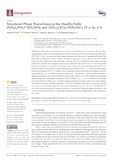XML
(148.08 kB)
XML without embedded media
Page view(s)
108
checked on Dec 20, 2023
Download(s)
2
checked on Dec 20, 2023


 CC BY 4.0
CC BY 4.0
